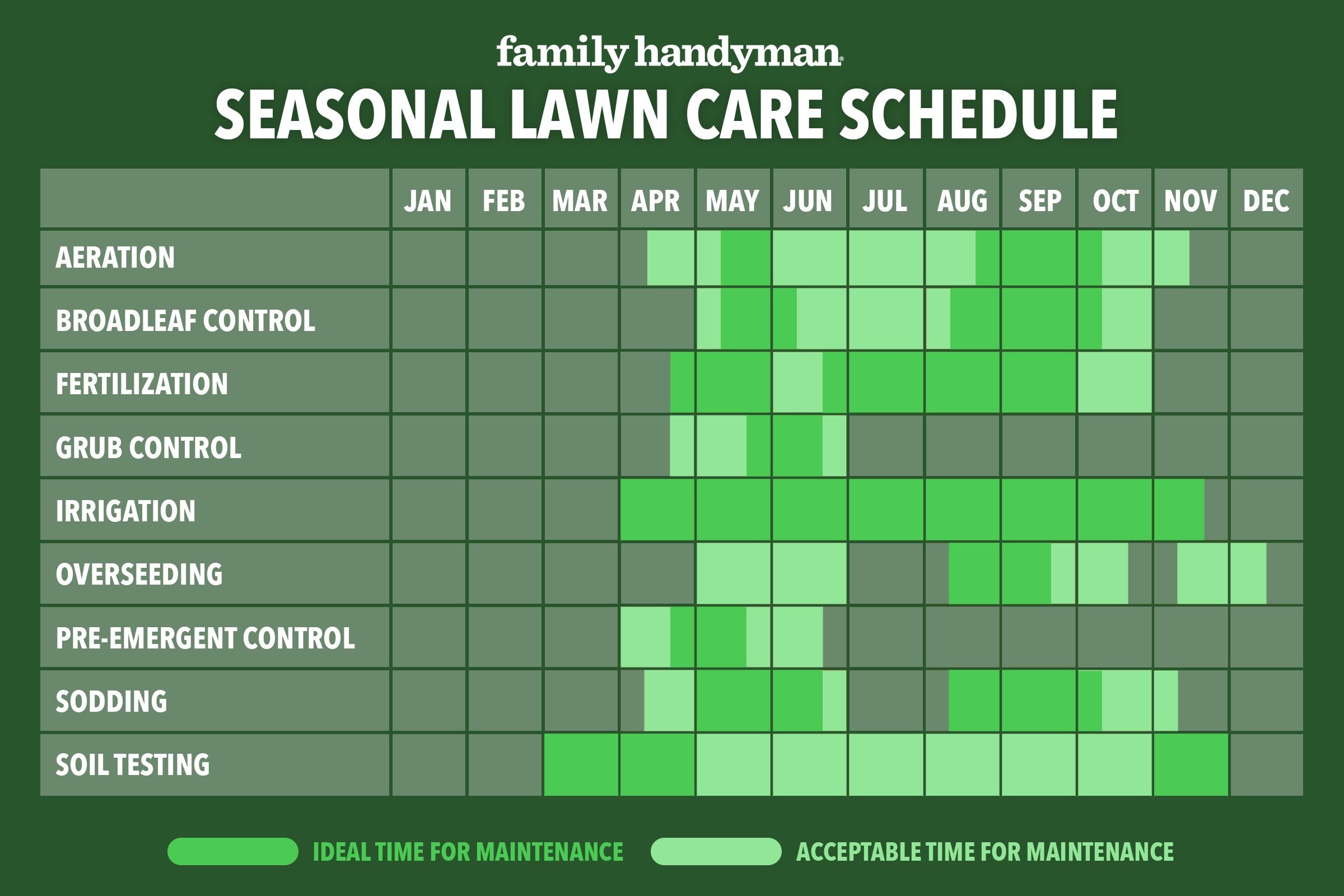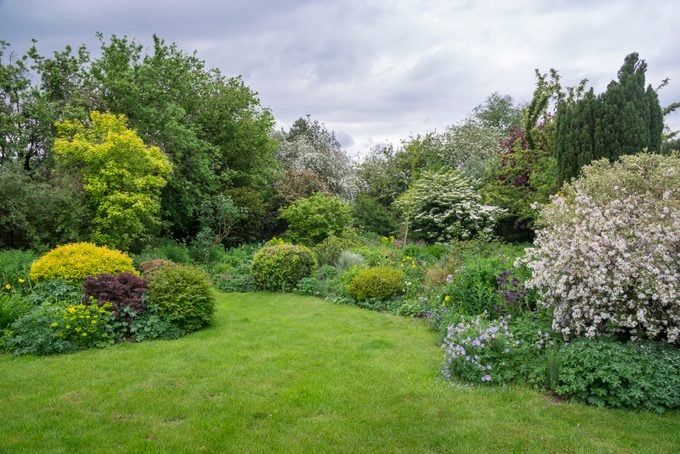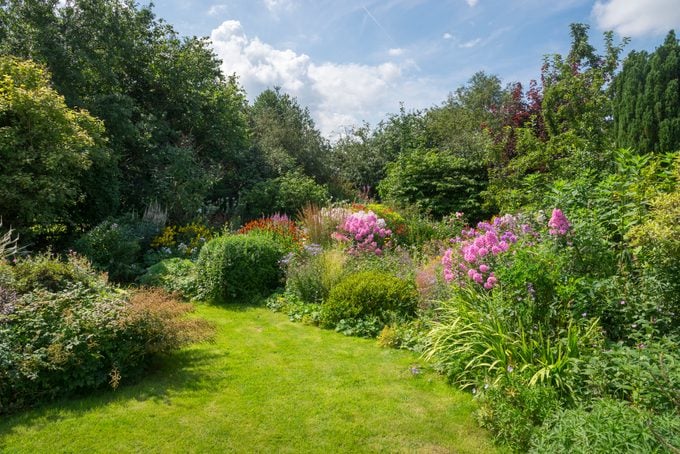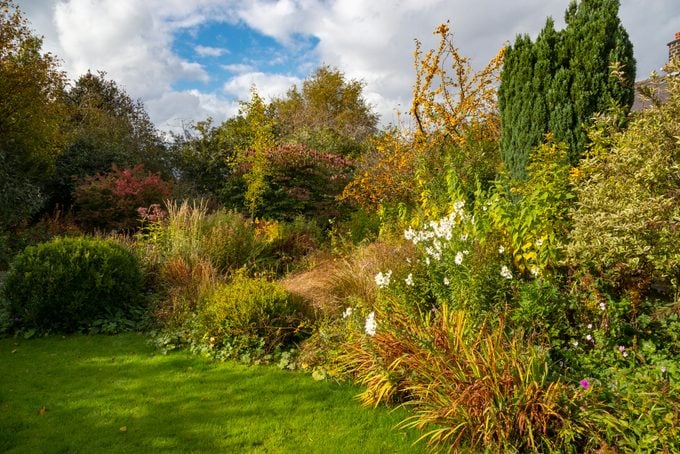A seasonal lawn care schedule helps you plan what to do and when to do it. Let's take a quick trip around the calendar and see what needs to be done.
A Complete Year-Round Lawn Care Schedule

Working from home has given some people much more time to work on lawns and gardens. If you’re a proud do-it-yourselfer and lawn enthusiast, it can be easy to ruminate about ways to make your turf look better, no matter what month it is. As you contemplate lawn care, consider a lawn care maintenance schedule to keep yourself on track.
Note: This schedule follows recommended lawn care practices for Northern lawns (north of Interstate 70) consisting of cool-season grasses like Kentucky bluegrass, fine fescue and perennial ryegrass. The actual timing of these tasks will vary by a few days or even weeks with an early or late arrival of spring weather.
On This Page
Spring Lawn Care Maintenance Schedule

This is when the fun begins! There are a few things you can do in early spring, but be patient. Don’t start too early, because you could do more harm than good.
Make sure the ground is no longer frozen, the surface is firm and, most importantly, the grass is actually green and beginning to grow. Any premature work to your lawn before it wakes up will be fruitless. Worse yet, it can be damaging.
- Apply gypsum to road and sidewalk salt-damaged areas adjacent to curbs, driveways and sidewalks. Road salt and ice melters can be harmful to grass. A generous application of granular gypsum as soon as the ground thaws, followed by a thorough dousing with water, will help flush salts through the soil. This results in less toxic growing conditions for existing turf and new seedlings, should you choose to reseed these areas.
- Make sure your irrigation system, if you have one, works. Check for leaks and proper sprinkler head operation and coverage. An inefficient system wastes thousands of gallons of water. And because most irrigation systems are programmed to operate at night or the early morning, you may not even know it’s malfunctioning until you get your next water bill.
- Soil testing in the spring is also a great idea. This can be done about every three years. A good test will identify any nutrient deficiencies, soil pH irregularities and other soil health issues. Avoid the DIY kits you find at hardware stores or garden centers — they’re not worth it. Work with your local extension service or university. They have the proper testing equipment, and the results you get will be more meaningful. Most also offer recommendations to correct deficiencies.
- Apply pre-emergent herbicides. Do this only if you typically have crabgrass in your lawn. Otherwise, skip it. The best time to apply a crabgrass preventer is when soil temperatures consistent reach 50 to 55 F. When applied at the recommended rate, most pre-emergent herbicides will provide three to four months of control.
Summer Lawn Care Maintenance Schedule

You don’t want to overdo it during the hot, humid summer months. Keep your lawn work to a minimum by mowing and watering only as needed and applying fertilizer only once.
- Early summer is a great time to kill broadleaf weeds like dandelions, clover and creeping charlie. Spray applications are better than granular products because you spot spray only those areas with weeds. Weed-and feed applications (granular fertilizer impregnated with a broadleaf herbicide) are common but aren’t nearly as effective as spraying.
- Grass grows fast in late spring and early summer. You may need to mow your lawn every four or five days rather than every Saturday. This will prevent bagging or raking up clumps of clippings afterward.
- If you want to apply fertilizer during the early- to mid-summer months, look for an organic-based fertilizer containing meal byproducts, such as bone meal, feather meal, blood meal, etc. They’re safe to use during hot weather, when many synthetic fertilizers can burn your lawn due to their high salt content.
- Larvae from Japanese beetles and other large beetles can severely damage lawns in late summer or early fall. Apply a preventative grub control in early summer before eggs hatch into grub larvae. It’s also imperative to water grub control insecticides into the soil after application.
- Keep your lawn properly watered, paying close attention to rainfall. Some weeks, Mother Nature will drop an inch of rain on your lawn. Be grateful. You don’t need to irrigate your lawn that week. Yet you may need to water two or three times a week when it’s hot, windy and dry. Getting stuck on the odd/even watering rule that most municipalities try to enforce is the last thing you want to do. You’re wasting water and possibly doing more harm than good to your lawn.
Fall Lawn Care Maintenance Schedule

Late summer and early fall are the best times to do almost any lawn care work.
- Core aerate your lawn to reduce compaction, manage thatch production and provide a conduit for fertilizer, water and grass seed to penetrate the soil. That’s where they need to be. You can also core aerate your lawn in spring or early summer, but avoid those hot, dry summer days. You can’t aerate your lawn too much!
- This is also the best time of year to reseed any thin areas or turf damage that occurred during the summer. Soil temperatures are still warm, which triggers immediate seed germination and rapid seedling establishment. These temperatures are more conducive for rapid, stress-free grass establishment. It’s best to get your seeding work done before October 1. If you need to sod, you can lay it just about any time of the year, even into early November.
- Early fall is also the best time to spread your last fertilizer application. This is an important feeding because it fills up the grass plant’s gas tank just before it goes into winter dormancy. It helps your lawn approach the cold winter months in a healthy state, poised to rebound in the spring for another year of backyard enjoyment.
- Finally, just before the ground freezes, apply another round of gypsum in those areas where you anticipate salt and ice-melter damage during the winter. You’ll get a head start on salt damage remediation before the snow melts next spring.
Winter Lawn Care Maintenance Schedule

There’s not much to do during the winter months. The ground is most likely frozen and your lawn “hibernating” under a heavy blanket of insulating snow. But you can get ready for that day when the last snow disappears and your lawn begins to green up.
- Tune up your lawn mower for another year of hard work. A tune-up now to beat the spring rush will guarantee your gas-powered lawnmower will start on the first pull.
- Get the lawnmower blade sharpened. It took a beating last season and a sharp blade will help keep your lawn looking its best.
- Make sure the rest of your lawn equipment, such as trimmers, edgers and leaf blowers, is ready to go. Check those rechargeable batteries, change spark plugs and replace gas and oil filters as necessary.
- Do some reading. There are many great resources on taking a more environmentally sustainable approach to lawn care. Check out your local lawn and garden extension service as a starter. They’ll share accurate, non-biased information specific to your area. Some communities and local colleges may offer lawn care classes during the winter.




















